What is a camera?
A camera is basically an enclosed box with an opening to let in light which helps to capture an image on a light-sensitive material inside the camera body. Camera, as we know it today, has undergone a lot of technological evolution and development to reach the advanced kinds we see around us. It first started with the design of the pinhole camera.
Point and shoot camera, SLR camera, DSLR camera etc.
Today, we are looking at some of the parts of a camera and the camera type considered in this article is a DSLR which was produced by Canon.
PARTS OF A CAMERA AND FUNCTIONS
- Body: This refers to the entire structure of the camera which provides support for the internal components of the camera. It is mostly made of plastic and it encloses the entire composition tightly to prevent the entry of light and due to the fact that it is mostly made of plastic, the camera is very fragile and must be handled with great care.
- Grip: This is the part that is held firmly and especially with the right hand. All fingers are used to hold the grip in the rear except the thumb which supports in the front and the pointed finger which is always on the shutter release button.
- Shutter release button: When this button is pressed, the curtain which prevents light from hitting the light-sensitive material (CCD in a digital camera but film in a film camera) is opened to allow the exposed image to be captured by the entry of light. How fast or slow the shutter opens and closes is controlled using the shutter speed and it is altered to achieve different effects in a picture.
- Flash button: Most cameras now come with an in-built flash to provide a form of lighting to lit subjects in poorly lit environments. When this button is pressed, the flash is uncovered and as a shot is taken, the flashlight turns on to lit subjects for correct exposure.
- In-built flash: This part of the camera holds the in-built flashlight which provides some bursts of light in areas where there might not be enough light to rightly expose a subject.
- Mode dial: The shooting modes of a camera include: [the letters are specific to Canon. Manual(M), Aperture Priority(Av), Shutter Priority(Tv), Program(P) and Automatic.] The mode dial is a circular structure with the modes indicated on it that helps a photographer choose the camera mode in which he or she wants to shoot.
- Flash mount or hot shoe: This is where an external flashlight or Speedlite is mounted. Most professional photographers prefer to have a speed lite rather than the use of an in-built flash because it provides more desirable lighting and its intensity can as well be controlled for a specific need of lighting.
- Viewfinder: It is a small window that shows what a camera's sensor captures or will be captured before the shutter release button is pressed to capture. This is where a photographer looks through to see what will be captured on the sensor as his or her image.
- Diopter: It varies the focal length of the lens in the viewfinder to make it possible for those with eyeglasses or some issue with the eye to clearly see through the viewfinder.
- LCD Display: The LCD display is a screen on which captured images can be reviewed in addition to other functions. Also when doing camera settings like ISO, shutter speed changes etc, they are directly previewed on the LCD screen.
- Control buttons: It contains a number of keys for different functions on the camera.
- Lens: This is the eye of the camera in the sense that it allows light to enter the camera. The size of the lens can be varied for different effects like creating a shallow depth of field or creating a high depth of field.
- Battery compartment: It contains a battery that stores electrical energy for use by the camera.
- Power switch: To turn on or off the camera, use the power switch buttons.
- Memory card slot: It houses the memory card on which the captured images are stored and when this is said it is in relation to digital cameras because they make use of sensors like the Charged Coupled Device.
- Camera strap: This is a rope or better put a strap that is wrapped around the neck or hand to protect and comfortably handle the camera while taking photographs.
Being aware of the various parts of the camera with a good understanding of their functions is a great way to begin the journey of confidently expressing what is in the mind in terms of photography. The professionals agree that it is not a matter of the camera type one holds in the hand that determines image quality but rather the person behind the camera who determines the quality. Trying to be familiar with the parts of a camera is one secret to understanding how to achieve desired effects or looks in a picture.
Check out these useful articles:

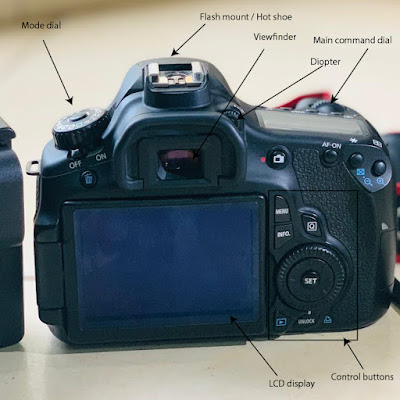
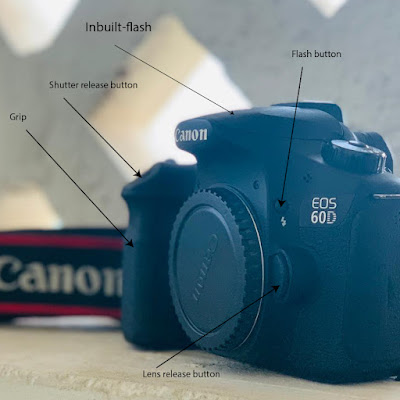
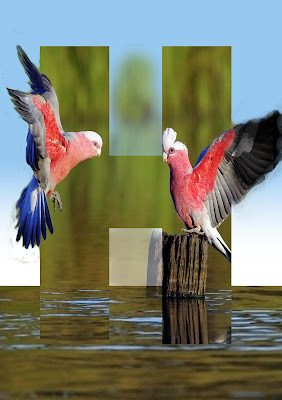

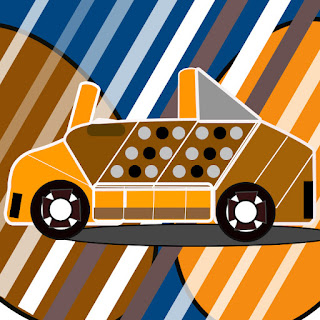


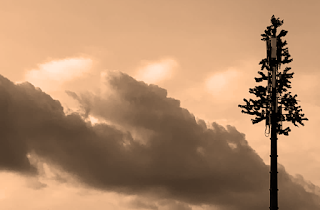
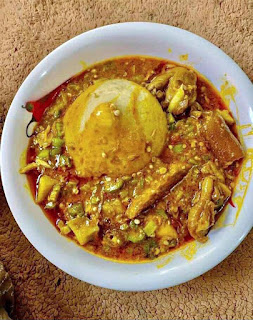


Comments
Post a Comment
Share your views on this insightful content